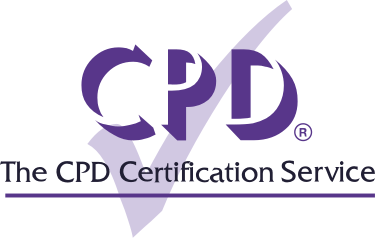Renowned German philosopher Albert Einstein once said: “Life is like riding a bicycle. To keep your balance you must keep moving.” Learning is a never ending process and a fundamental part of what it takes to be a successful practicing vet or veterinary nurse. This article provides a simple overview on veterinary CPD, the various industry requirements, as well recording your CPD development.
What is CPD for Vets?
Continuing Professional Development (CPD) for vets and veterinary nurses focuses on developing an individual’s knowledge and skill set for the benefit of a person’s own career, their employer and the public. It ensures that individuals keep pace with industry standards, provides enhanced job security and enables progress into different areas of their field which may lead to positions to manage, mentor and influence others.
Veterinary CPD is more than just attending large conferences and completing online courses from the comfort of your own home. It’s about continuing your professional learning by applying productive methods to maintain your competence and using both formal and informal learning to retain a consistent set of high quality, relevant skills and knowledge throughout your working life.
Progression should be based around independent (informal learning) or interactive, participation-based (formal learning) which can cover activities ranging from in-house training to attending seminars to shadowing a fellow professional in your own practice. According to Varun Mehta of the London School of Business and Finance, CPD will only be effective if it is linked to a personal development strategy which involves establishing objectives for short and long-term progression with a tailored and goal-specific plan.
Continuing Professional Development in the Veterinary industry
Continued learning results in superior growth, so if you want to achieve greater success in your veterinary career, CPD for vets is essential. Veterinary professionals need to maintain records of their learning activity with an evident perspective on the knowledge or skills they have acquired, along with a clear linkage to their profession. This flexible and independent form of CPD for vets and veterinary nurses gives individuals the opportunity to discover what learning approach best suits them and the ability to adapt to different surroundings and situations.
Not only will CPD safeguard the public and your employer, it will also enhance your own level of protection and offer a positive reminder of your achievements and evolution. Never underestimate the power of self-confidence or the motivation to keep bettering yourself.
A positive approach to CPD is a fantastic showcase for veterinary practices as it enhances their reputation among customers and clients, and is more likely to attract a higher calibre of employee. Embedding a healthy learning culture ensures that standards throughout the practice remain consistently high and will improve employee retention as veterinary staff will feel valued and better able to move with the trends and shifts in this fast-moving environment.
RCVS CPD requirements
The Royal College of Veterinary Surgeons (RCVS) is the regulatory body for veterinary surgeons in the UK and as of January 2020, they have made it mandatory for all vets and veterinary nurses to engage in CPD. Vets will need to undertake a minimum of 105 hours of CPD in any three-year period with an average of 35 hours per year, whilst veterinary nurses must complete a minimum of 45 hours of CPD in any three-year period with an average of 15 hours per year.”
Despite this obligatory requirement, it shouldn’t be overlooked that at the heart of veterinary CPD is the personal responsibility of individuals to keep their capabilities up-to-date so that they can deliver a professional service to their customers, clients and the community, as well as match the expectations of their profession.














